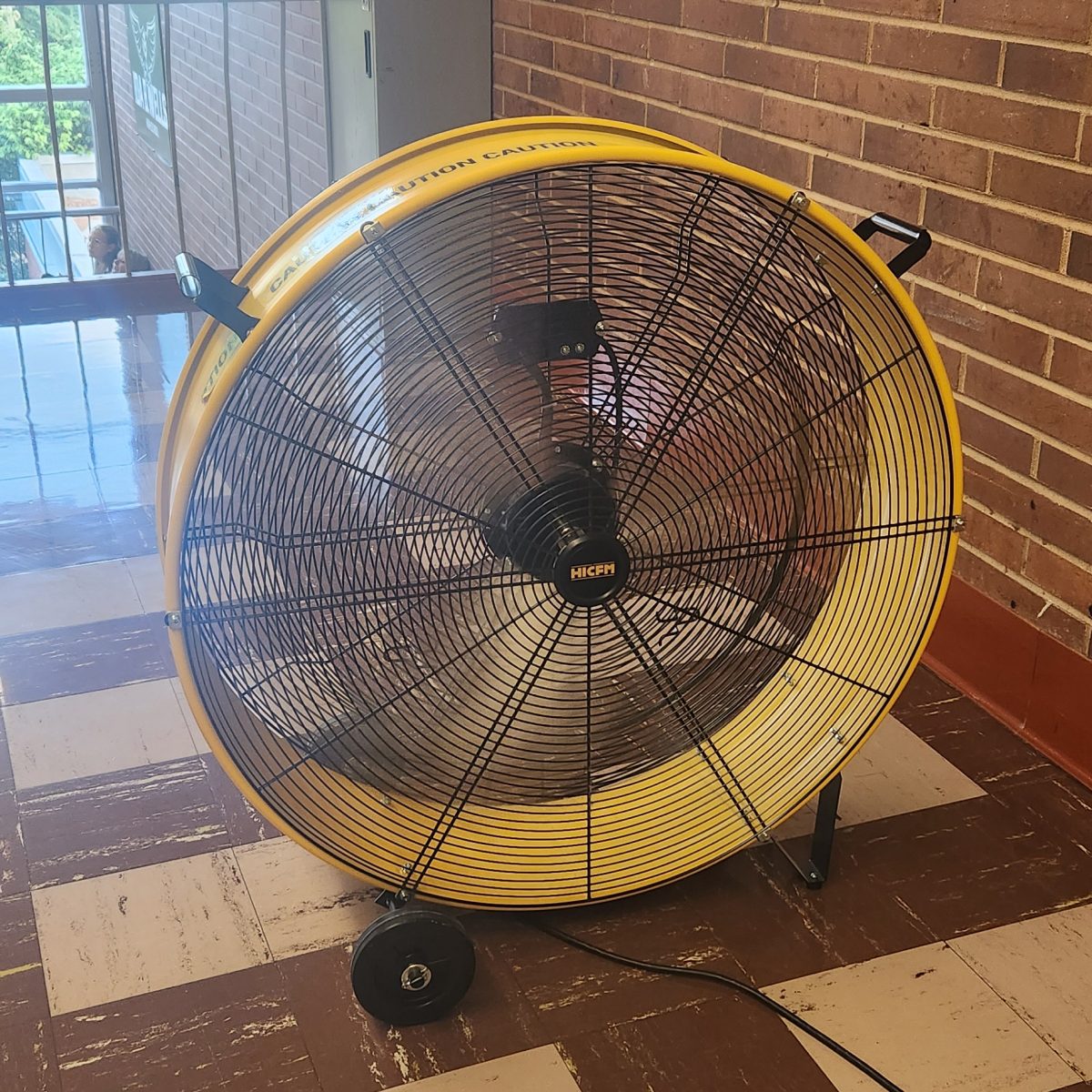On Sept. 6, extreme record-breaking heat hit the Portland Metro area, causing 71 out of the 86 PPS schools to shut down early or cancel classes completely, as temperatures in classrooms exceeded well over 90 degrees.
Portland experienced the hottest temperature recorded in September since 1988 during the month’s first week: Peaking at 4 p.m. on Sept. 5 with a whopping 102 degrees Fahrenheit. Ida B. Wells broke a record of its own, the hottest recorded classroom of the day being room 117, at 102 degrees Fahrenheit — a temperature hotter than it was outside at the time.
“It was so hot that it brought down the morale of the room,” said Marrla Wilkinson, an English teacher at IBW. “[The students] tried really hard to work through it, but they weren’t as productive. The lesson can’t really be administered at that point.” Wilkinson’s room clocked in somewhere between 97-98 degrees Fahrenheit, making room 126 one of the hottest rooms in the school.
With only 15 of PPS’ 86 schools having air conditioning, most PPS schools had to find other ways to keep their students and teachers cool amidst the sweltering classrooms. “I felt like there was nothing I could do,” said Lisa Morrell, English teacher at IBW. “I brought in some more fans and pulled down the blinds, but it just kept getting hotter and hotter, so I ended up allowing the students to sit in the hall.”
After one agonizing school day and an excessive heat advisory, the PPS district announced that all schools without an AC system would get early release or close completely on Friday, Sept. 6, much to the approval of students and teachers.
“It was definitely a good thing that school shut down [early] on Friday,” said Maia Teel-Walker, a sophomore at IBW. “I’d say shutting it down on Thursday would have made sense too; if it’s too hot to be productive and not even the hottest it’s going to get, then it’s definitely too hot to be at school.”
In addition to being the only thing students and teachers could think about, the heat also posed other inconveniences to learning. “It’s not just the heat that makes the school day so hard, it’s also [the disruptions] it causes students,” said Wilkinson. “If I have three or four fans running in the room, the students can’t hear me give directions.”
“[The heat] made it really hard to do something that would normally be easy,” said Teel-Walker. “Even when we moved to a cooler area like the hallways, it was still uncomfortable and dreary. Student productivity was definitely lower than usual.”
“I was really impressed with the students’ ability to keep going,” said Morrell. “But it was really miserable and none of the kids were happy . . . I don’t think that anyone should have been working in those conditions. I’m really glad we have so many great advocates at Ida B. Wells who helped make that [early release] happen.”
The 15 PPS schools with temperature-control systems did not need an obstruction to their daily schedules during the heatwave, with most of them being freshly remodeled, such as Lincoln High School and Benson Polytechnic High School. The absence of AC systems in most PPS schools can be directly connected to a lack of funding for school modernization. Due to the Pacific Northwest’s normally mild temperatures, temperature-control systems for PPS schools haven’t topped the list of priorities until the past few years.
“[PPS’ decision to close] the schools early certainly set out a message, as it got a lot of media attention . . . hopefully this will start some conversations about hurrying up the process of remodeling these schools to install HVAC [units] and get rid of the old furnace systems,” said Wilkinson.
As global warming continues, extreme temperatures are more likely to affect schools in the Portland Metro area. The best thing PPS schools can do is be prepared.









